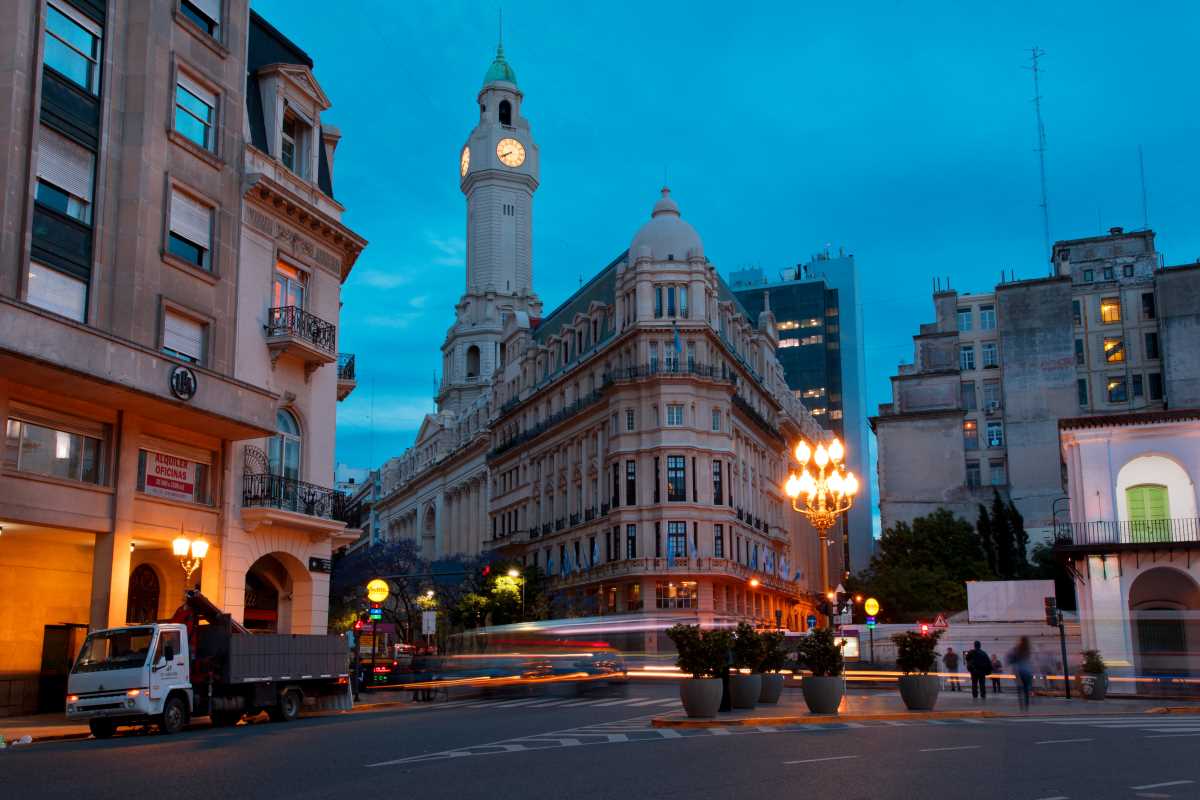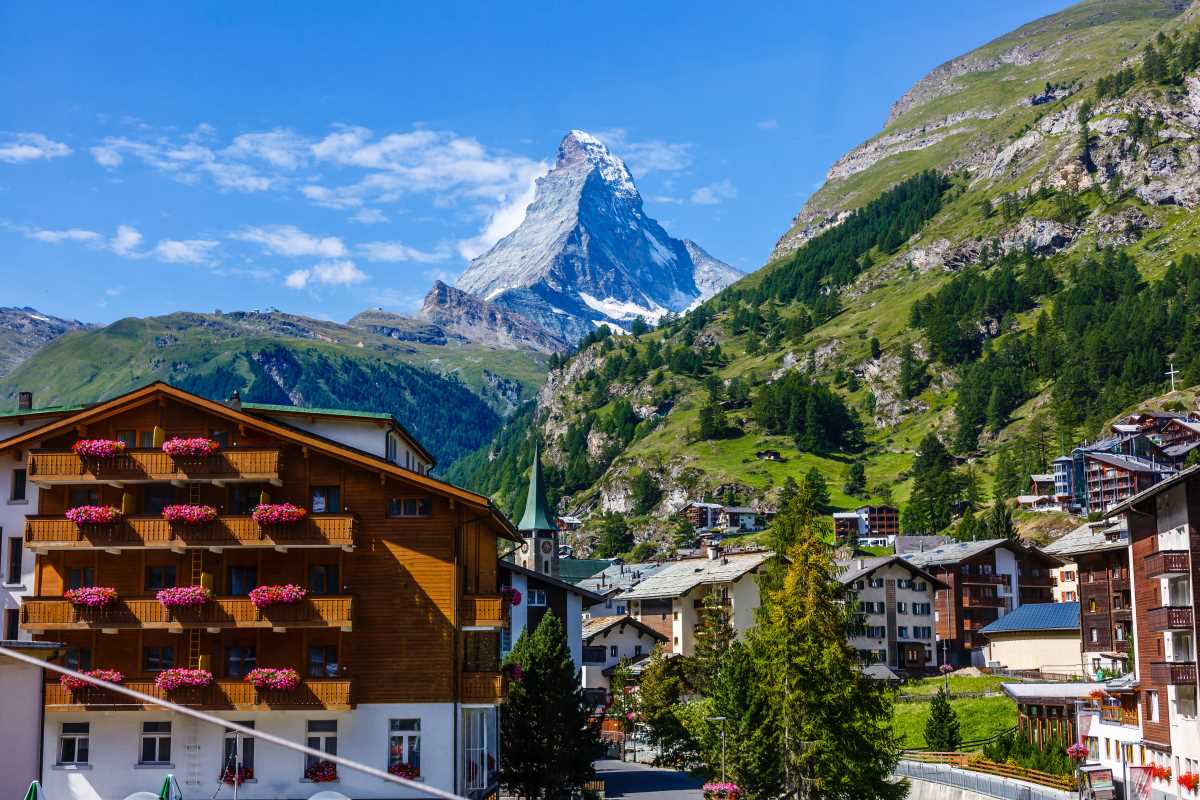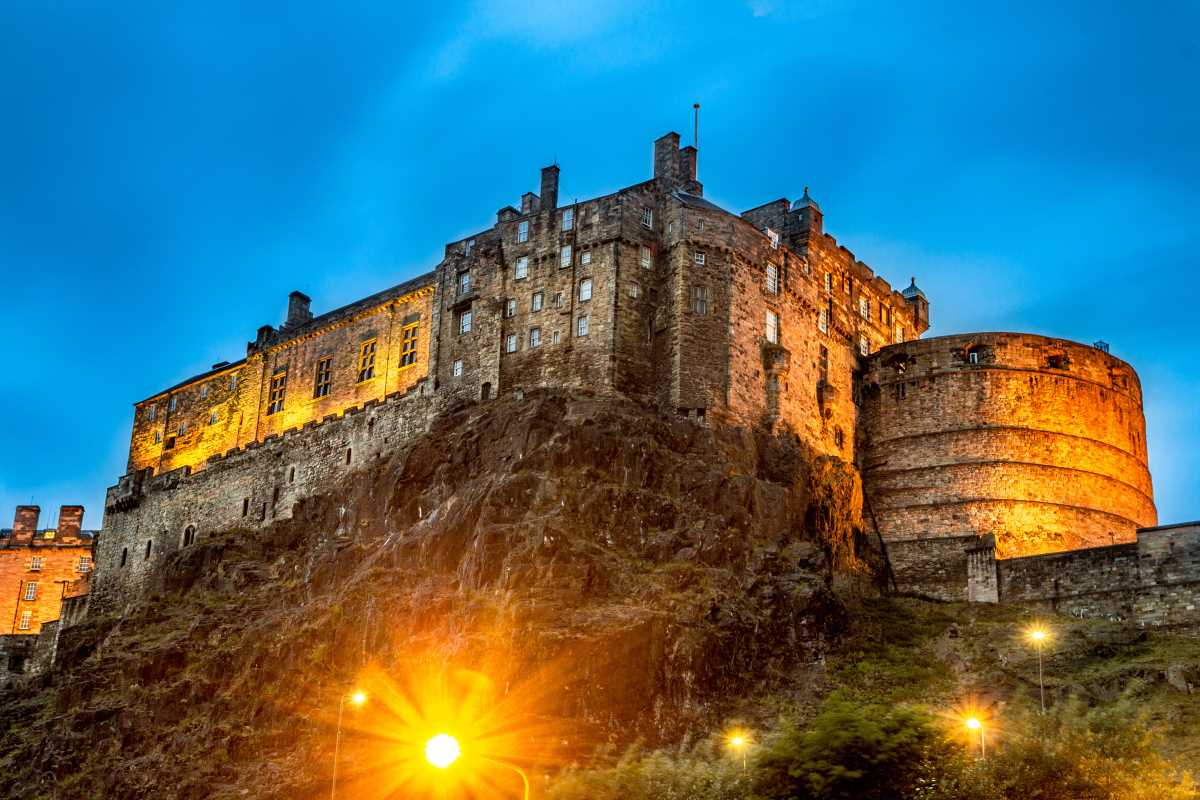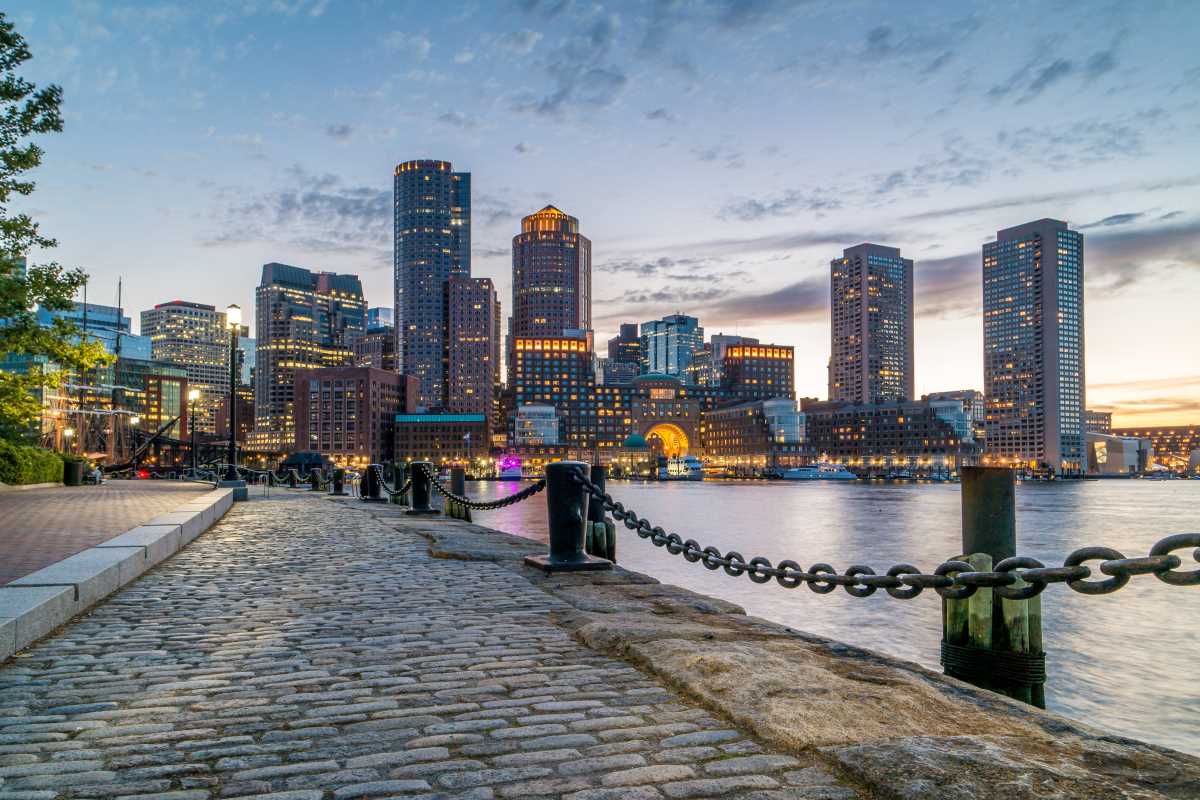Imagine gliding through deep, blue waters, surrounded by towering cliffs and snow-capped peaks. Waterfalls cascade down sheer rock faces, and charming villages dot the shoreline. This is the magic of sailing through the fjords of Norway, an experience that belongs on every traveler's list. Get ready to explore a landscape of breathtaking beauty and discover the adventure of a lifetime. We'll cover everything from the best fjords to visit and how to see them, to a sample itinerary, and what to pack. Let's start planning your Norwegian fjord adventure!
What Are the Norwegian Fjords?
Massive glaciers carved out the fjords you see today during the Ice Ages. These glaciers slowly moved, grinding down valleys and creating deep, U-shaped troughs. As the ice retreated, the sea rushed in to fill these basins, forming the spectacular waterways that define Norway’s coastline.
This incredible geological history has created a unique environment. Two of Norway's most famous fjords, the Geirangerfjord and the Nærøyfjord, are even designated as UNESCO World Heritage sites for their exceptional natural beauty. They represent a classic example of fjord landscapes and are among the most visually stunning in the world.
When Is the Best Time to Visit?
Your experience of the Norwegian fjords will change dramatically depending on the season you choose to visit. Each time of year offers its own unique charm.
- Summer (June–August): This is the most popular season for a reason. You'll enjoy long days with plenty of daylight, warmer temperatures, and lush, green landscapes. It's the perfect time for hiking, kayaking, and exploring the fjord villages. The only downside is that it's also the busiest and most expensive time.
- Spring (May): Spring is a wonderful time to see the fjords come alive. The fruit trees in areas like the Hardangerfjord are in full bloom, and the waterfalls are at their most powerful, fed by melting snow. You’ll find fewer crowds than in the peak of summer.
- Autumn (September–October): Experience the fjords painted in stunning autumn colors. The air is crisp, and the crowds have thinned, making it a peaceful time to travel. This is a great season for hiking and photography.
- Winter (November–April): A winter trip offers a completely different perspective. The peaks are covered in a thick blanket of snow, the light is soft and ethereal, and you may even have a chance to see the Northern Lights. Many services are limited, but the quiet, frozen beauty is truly special.
Norway's Most Iconic Fjords
Norway has over 1,000 fjords, but a few stand out for their dramatic scenery and accessibility. Here are some of the top fjords to include in your trip.
Geirangerfjord
Often called the "jewel of the fjords," Geirangerfjord is a UNESCO World Heritage site famous for its iconic waterfalls, including the Seven Sisters and the Suitor. The deep blue water is framed by majestic, snow-covered mountains and abandoned farms clinging to the steep hillsides.
Nærøyfjord
Also a UNESCO World Heritage site, the Nærøyfjord is one of the narrowest fjords in the world, 250 meters wide at one point. This creates a uniquely intimate and dramatic experience as you sail between towering cliffs that rise up to 1,800 meters. It’s a breathtaking branch of the larger Sognefjord.
Sognefjord
Known as the "King of the Fjords," the Sognefjord is Norway's longest and deepest fjord, stretching over 200 kilometers inland. Its sheer size is impressive, and its many arms, such as the Nærøyfjord, offer endless opportunities for exploration. The area around the Sognefjord is perfect for hiking, cycling, and discovering historic stave churches.
Hardangerfjord
If you want to see a softer side of the fjords, head to the Hardangerfjord. Famous for its fruit orchards, this region is especially beautiful in spring when thousands of apple and cherry trees are in bloom. It’s a wonderful area for scenic drives, visiting charming villages, and tasting local cider.
How to Explore the Fjords: Your Sailing Options
There are several ways to experience the fjords from the water, each offering a different style of travel.
- Large Cruise Ships: These offer all-inclusive comfort, with onboard dining, entertainment, and guided excursions. They cover large distances and visit major ports, making it an easy and relaxing way to see the highlights.
- Hurtigruten Coastal Ferry: For a more authentic Norwegian experience, consider the Hurtigruten. It’s a working ferry that has served coastal communities for over a century, delivering mail and cargo. It offers a more intimate look at daily life along the coast while providing comfortable cabins and dining.
- Private Charter: For ultimate freedom and flexibility, chartering a private sailboat or yacht allows you to create your own itinerary. You can explore hidden coves, stay longer in places you love, and travel at your own pace.
- Kayaking: To truly connect with the scale and power of the fjords, nothing beats kayaking. Paddling quietly along the water gives you a unique, low-angle perspective of the towering cliffs.
Sample 7-Day Fjord Itinerary
This sample itinerary focuses on the Sognefjord and Nærøyfjord region, starting and ending in the city of Bergen.
- Day 1: Arrive in Bergen. Explore the historic Bryggen wharf, ride the Fløibanen funicular for panoramic views, and enjoy the city's lively atmosphere.
- Day 2: Bergen to Flåm. Take the scenic train journey from Bergen to Myrdal, then switch to the famous Flåm Railway, one of the steepest train lines in the world. Spend the night in the village of Flåm, nestled at the end of the Aurlandsfjord.
- Day 3: Fjord Safari in Flåm. Join a RIB boat safari on the Aurlandsfjord and Nærøyfjord. This fast-paced tour gets you close to waterfalls and offers chances to spot wildlife like seals and eagles.
- Day 4: Kayaking on the Fjord. Spend the day kayaking on the calm waters of the Nærøyfjord. A guided tour is a great way to learn about the area's history and geology while enjoying the incredible scenery.
- Day 5: Flåm to Balestrand. Take a passenger ferry from Flåm to Balestrand, a beautiful art village on the shores of the Sognefjord. Check into a historic hotel and enjoy the peaceful surroundings.
- Day 6: Explore Balestrand. Hike in the mountains surrounding Balestrand, visit St. Olaf's Church, or simply relax and soak in the views that have inspired artists for generations.
- Day 7: Balestrand to Bergen. Take the express boat from Balestrand back to Bergen for your departure, enjoying one last scenic journey through the Sognefjord.
What to Pack for Your Trip
The weather in Norway can be unpredictable, even in summer. The key is to pack layers.
- Waterproof and Windproof Jacket
- Fleece or Wool Mid-Layer
- Thermal Base Layers
- Waterproof Pants and Footwear
- Hat, Gloves, and a Scarf: Even in summer, it can be chilly on the water.
- Sunglasses and Sunscreen: The sun reflecting off the water can be strong.
- Reusable Water Bottle
- Camera and Extra Batteries
Responsible Travel and Safety
The fjords are a fragile environment. Help protect them by following the "Leave No Trace" principles. Stay on marked trails, pack out everything you bring in, and respect wildlife from a distance.
When sailing or kayaking, always listen to your guide's safety instructions. The weather can change quickly, so be prepared for all conditions.
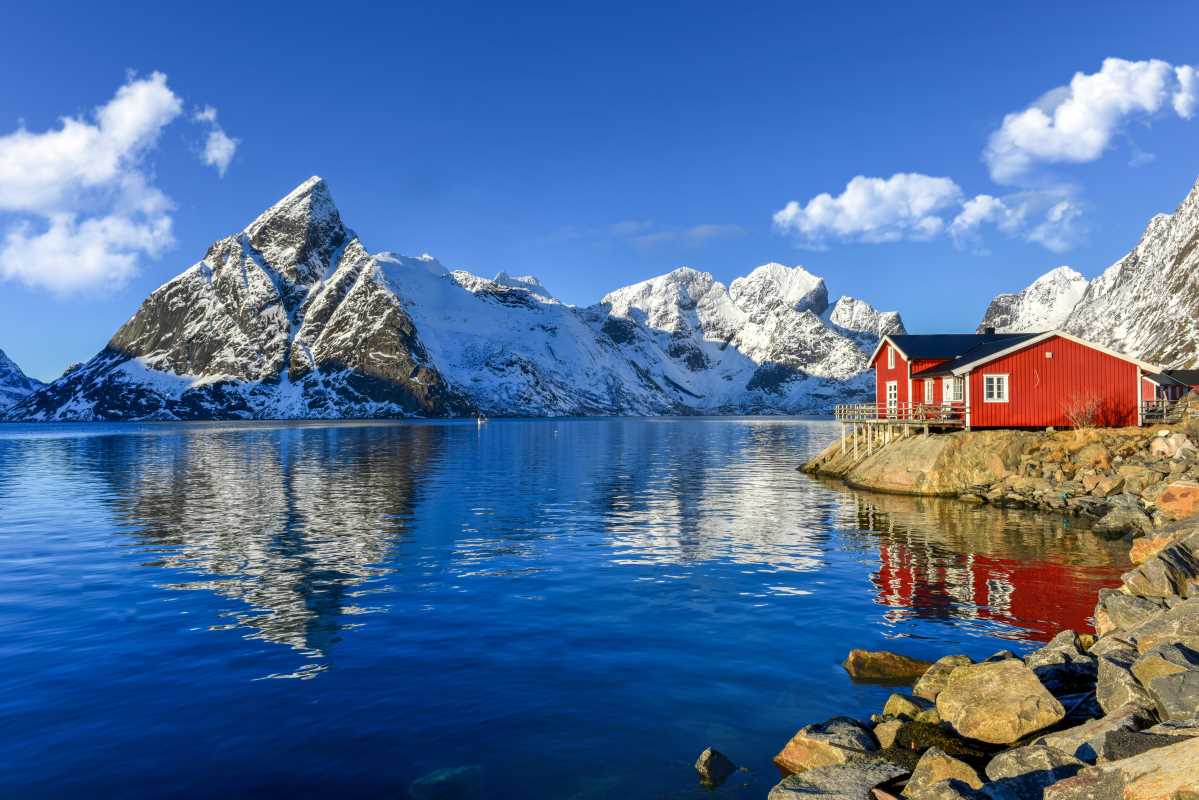 (Image via
(Image via

